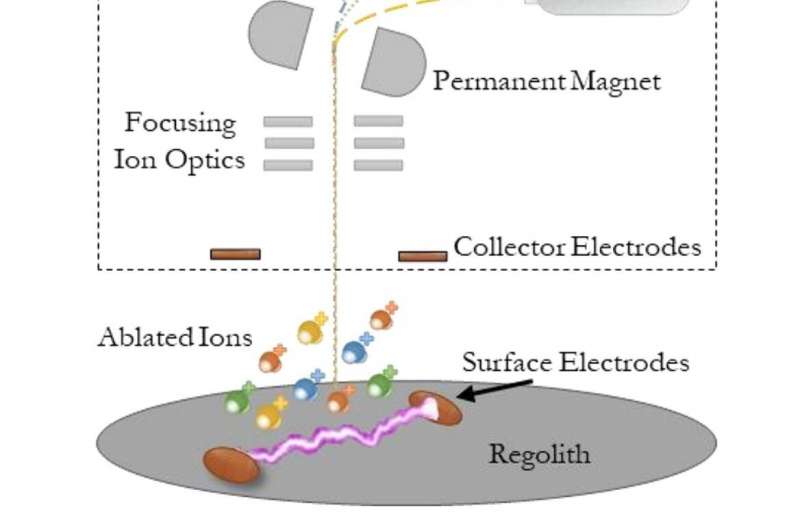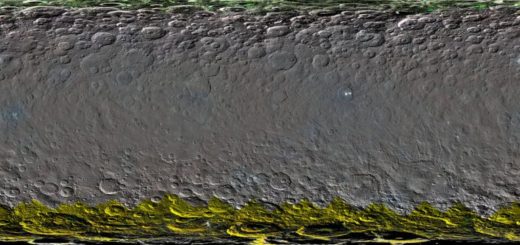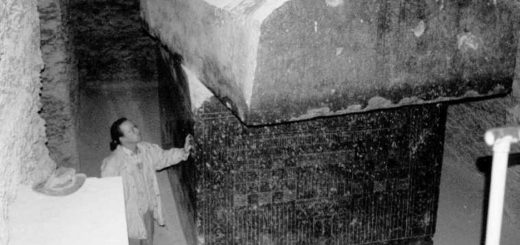Mining water and metal from the moon at the same time

In-situ resource utilization (ISRU) is becoming an increasingly popular topic as space exploration begins to focus on landing on the surface of other bodies in the solar system. ISRU focuses on making things that are needed to support an exploration mission out of materials that are easily accessible at the site being explored, like European explorers in the New World building canoes out of the wood they found there.
Recently NASA’s Institute for Advanced Concepts (NIAC) has started looking more closely at a variety of ISRU projects as part of their Phase I Fellows program. One of the projects selected, led by Amelia Grieg at the University of Texas, El Paso, is a mining technique that would allow explorers to dig up water, metal and other useful materials, all at the same time.
Most ISRU schemes focus on using water, as it important for many exploration efforts. However, those schemes usually discard the rest of the material that is gathered in an effort to collect the water. The focus of the proposed new scheme is to use a novel type of mining to extract both water and whatever extra materials might be picked up as part of the water mining process.
That process uses a novel technique called ablative arc mining. In this iteration, arc mining involves creating an electric arc across two electrodes that would break any material it came into contact with into ionized particles. These ionized particles are then guided, via a series of electric fields, into capture chambers where other ions of a similar type are housed.
Credit: Universe Today
Credit: Science & Futurism
The concept of using electricity, rather than thermal ablation, provides a much higher throughput of particles, allowing the mining process to proceed much more quickly. However, creating an arc in the moon’s almost non-existent atmosphere requires a significant power source. Any such system would have to be moderately bulky, but that is not necessarily a disqualifier for an all-in one metal and water mining system.
As part of the NIAC program, Dr. Grieg and her team will focus on defining a system that would be capable of harvesting 10,000 kg of water per year. Any such system would have to be compared to alternative mining systems, however, and Dr. Grieg plans to do just that.
A lunar mining facility harvests oxygen from the resource-rich volcanic soil of the eastern Mare Serenitatis. Credit: NASA/Pat Rawlings
Extraterrestrial mining, no matter the location, could eventually prove to be a trillion-dollar industry. With technologies like this ablative arc mining concept, NASA is continuing to support them as they take one step forward toward becoming a reality.



 Creators of mankind
Creators of mankind Description of “Tall white aliens”
Description of “Tall white aliens” Where they came from?
Where they came from? About hostile civilizations
About hostile civilizations The war for the Earth
The war for the Earth “Tall white aliens” about eternal life
“Tall white aliens” about eternal life Video: “Nordic aliens”
Video: “Nordic aliens” Aliens
Aliens Alien encounters
Alien encounters The aliens base
The aliens base UFO
UFO Technology UFO
Technology UFO Underground civilization
Underground civilization Ancient alien artifacts
Ancient alien artifacts Military and UFO
Military and UFO Mysteries and hypotheses
Mysteries and hypotheses Scientific facts
Scientific facts


















